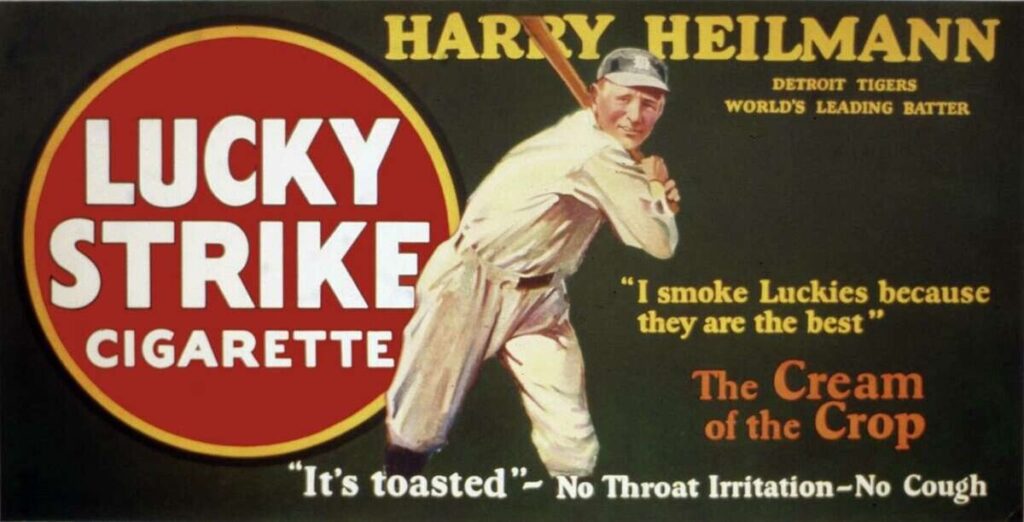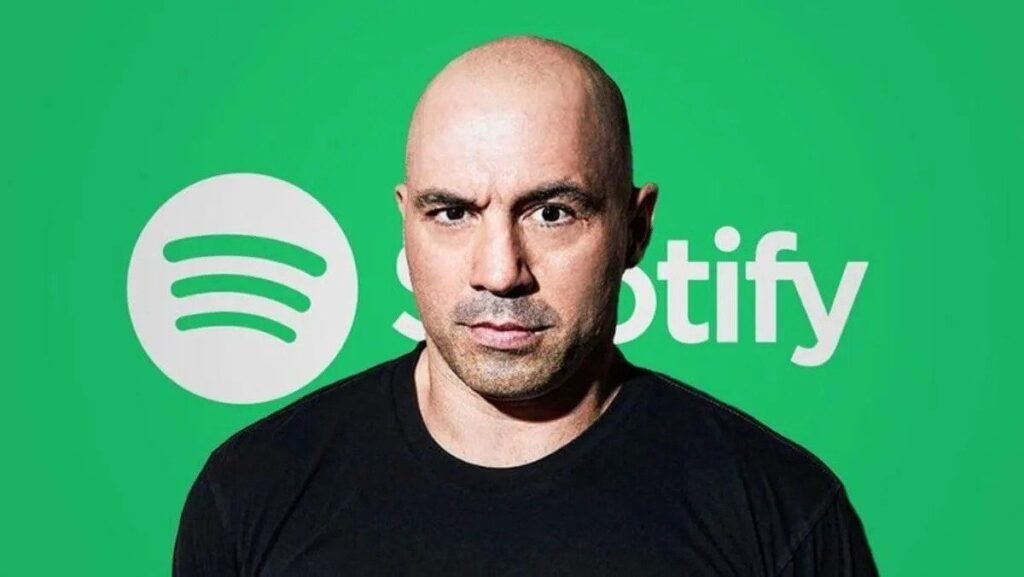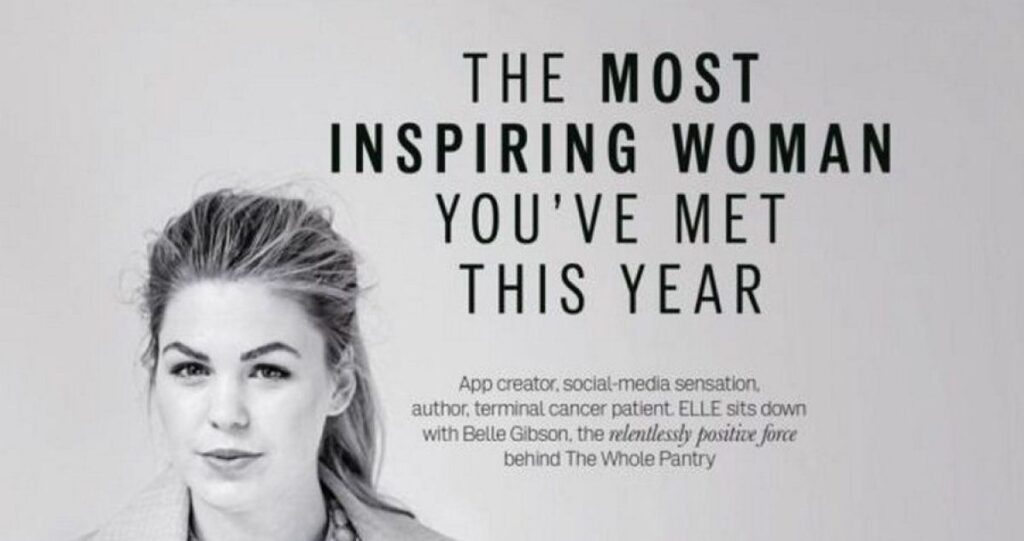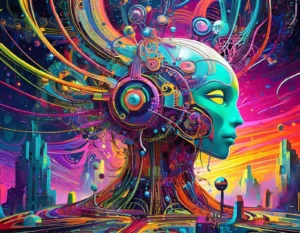Influencer Marketing: A Brief History Influencer Marketing: A Brief History
Influencer marketing is not new…
Influencer marketing has become a buzzword in the last 20 years or so, but the practice of using influential people to promote products and services is not a new concept. History is littered with examples of celebrities and persons of note being utilised as promotional mediums.
In the 1920s and 1930s, movie stars were often used to promote products such as cigarettes and beauty products. This trend continued into the 1950s and 1960s with celebrities like Marilyn Monroe, Elvis Presley, and notable sports stars endorsing products on billboards and on television.

It is worth noting that Harry Heilmann died of lung cancer in 1951.
The rise of social media
It wasn’t until the rise of social media in the early 2000s that influencer marketing began to take on its modern form. The first social media influencers were bloggers who wrote about their lives, their holidays, their dining habits, and the products they used. Brands began to take notice of their influence and would send them products or samples in exchange for a review or feature on their blog.
As social media platforms gained popularity, influencer marketing became more prevalent. Brands began to partner with social media influencers who had large followings, paying them to post about their products and services to their followers. This expanded into general media platforms such as Netflix and other media services.

Thanks to Netflix's hit Squid Game, white slip-on Vans sales had increased by 7,800%.
A multi-billion dollar industry
Influencer marketing has become a multi-billion-dollar industry – in fact, it was estimated to be worth upwards of USD$16 billion as of 2022 having doubled since 2019.
Influencers come in all manner of niches from micro-influencers with a few thousand followers to mega-influencers with billions of followers. Brands use influencer marketing to reach new audiences, build brand awareness, drive sales, heighten their cultural relevance, and expand their publicity channels.
One of the more high-profile examples of this was in 2020 when it is alleged that Spotify paid upwards of $200 million for Joe Rogan’s podcast. Doing so essentially allowed Spotify to own and have exclusive access to Joe Rogan’s audience and content.

Controversies
Influencer marketing is not without its challenges. As the industry has grown, so too have concerns about transparency and authenticity. In recent years, there have been a number of high-profile cases of influencer fraud, where influencers buy fake followers or engagement to boost their appeal to companies and brands, or, simply make up compelling characteristics to boost their marketability.

Belle Gibson convinced the World that she beat brain cancer through healthy eating, and generated hundreds of thousands of dollars in book and app sales. But the only condition she ever had was a very convincing case of bullshititis.
To address these concerns, many brands and influencers are now focusing on building more authentic and transparent relationships. This includes disclosing sponsored content, working with micro-influencers who have more niche followings, and creating long-term partnerships that are built on trust and shared values.
The history of influencer marketing shows that the practice is not new, but it has evolved with changes in technology and the rise of social media. As the industry continues to grow, it will be interesting to see how brands and influencers adapt to changing consumer expectations and demands for transparency and authenticity, and ultimately, how brands utilise people and platforms to make more noise than their competitors.









